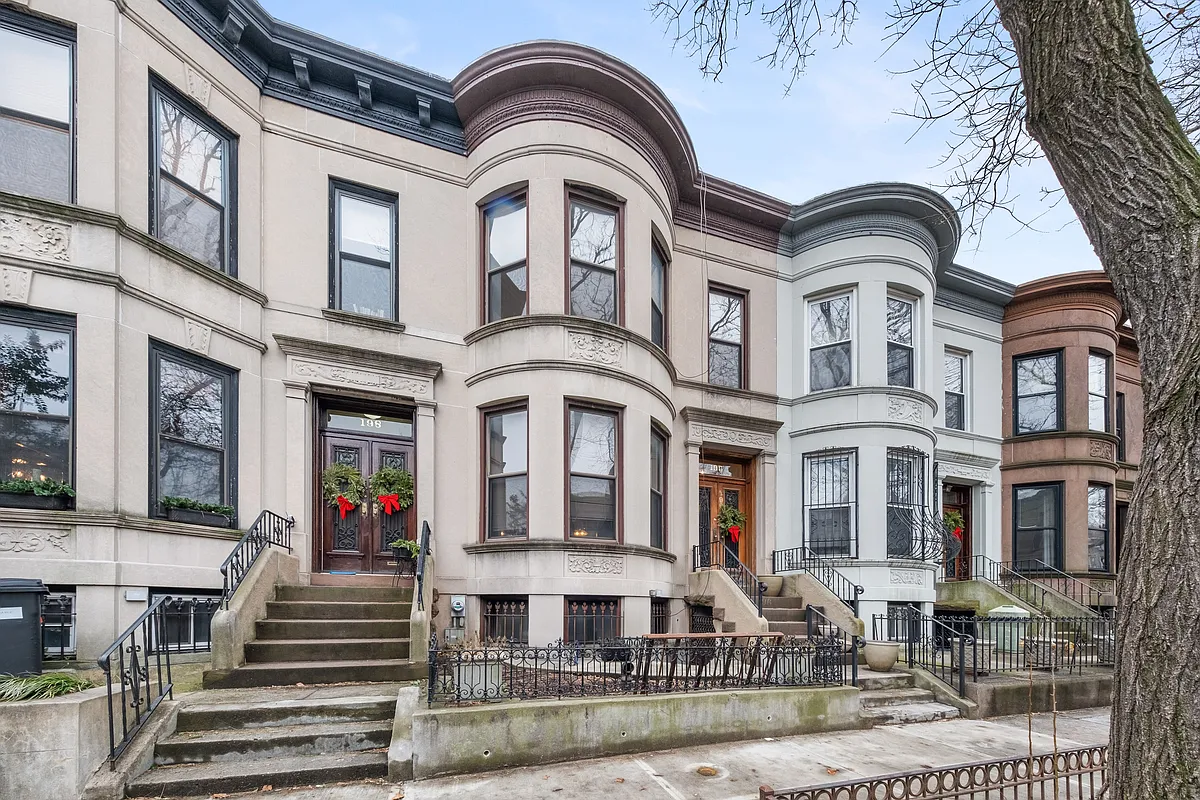A Look Inside the Poppenhusen Institute of College Point
The philanthropy and good will of 19th Century rubber manufacturer Conrad Poppenhusen was, in good measure, responsible for the development of College Point. The neighborhood is in northern Queens on the East River, and was effectively cut off from other Queens neighborhoods by the construction of the Whitestone Expressway in the 1930s. The Poppenhusen Institute, pictured…

The philanthropy and good will of 19th Century rubber manufacturer Conrad Poppenhusen was, in good measure, responsible for the development of College Point. The neighborhood is in northern Queens on the East River, and was effectively cut off from other Queens neighborhoods by the construction of the Whitestone Expressway in the 1930s. The Poppenhusen Institute, pictured above, built in 1868 at what is now 14th Road and 114th Street, featured the nation’s first free kindergarten, as well as a justice of the peace, the first home of the College Point Savings Bank, German singing societies, the first library in the area, a courtroom, the sheriff’s office with two jail cells, and a grand ballroom.
College Point was originally settled by the Native American Matinecocks. The Indians sold much of it to New Netherland Governor William Kieft in 1645. William Lawrence was the first British settler — College Point Boulevard’s name until 1969, Lawrence Street, honored the Lawrence family — and by 1838, Augustus Muhlenberg, rector of St. George’s Church on Main Street in Flushing, had founded St. Paul’s College in the area. The college foundered within a decade, but the names College Point and College Place recall it.
Poppenhusen arrived from Germany in 1853, settled in College Point, and opened a factory producing rubber products, combs, dental and medical goods and hardware. He also had a hand in the development of the Long Island Rail Road and built the Flushing and North Side Railroad, now part of the Port Washington LIRR branch; the manufacturer owned the LIRR between 1876 and 1879.
Above is a look at the Poppenhusen Institute’s front lobby. A plaque contains the names of the building’s architects, contractors and board. A recess on the right side contains Henry Baehrer’s bust of Conrad Poppehusen, and another Poppenhusen likeness can be found in the triangle formed by College Place, College Point Boulevard and 9th Avenue.
The upstairs main hall contains two artworks of note: the painting “The Triumph of the American Union,” by German immigrant Friedrich Spangenberg, and Hermon Atkins MacNeil’s sculpture “Coming of the White Man.”
The 1867 painting celebrates the end of the Civil War and depicts Lady Liberty hovering over the commanding generals of the Union and Confederate armies, General Ulysses S. Grant and General Robert E. Lee. Liberty is veiled with the American flag, holding aloft the victor’s laurel wreath and sword, facing down. She is accompanied by an American eagle.
The institute acquired the work in 1870 and it hung in the main hall until 1980, when the building was intended to be sold as well as the artworks. The painting was actually boxed up and went missing for four years. It was located in 1984, and its then-owner donated it back to the Institute.
As for the sculpture, MacNeil was a College Point resident and was an avid supporter of the Institute, serving on its board of directors from 1913 to 1928. He donated a plaster cast of “Coming of the White Man,” which was originally a bronze completed in 1904 for a city park in Portland, Oregon. It depicts a chief of the Multnomah, a Northwest Native American tribe, and his medicine man standing on a large, boulder-like pedestal.
The Institute is open to the public from 9 am to 6 pm Mondays, 9 am to 5 pm Wednesdays, and Fridays from 9 am to 6 pm, though it’s always best to call (718) 358-0067 or email poppenhusen@juno.com to be assured the building is open. There are a variety of exhibits, and tours of the three-story building are available. Donations, of course, are always welcome.
Kevin Walsh’s website is Forgotten New York











Thanks I always wondered about this magnificent building…when once I came across it…seemingly in the middle of no-man’s land.